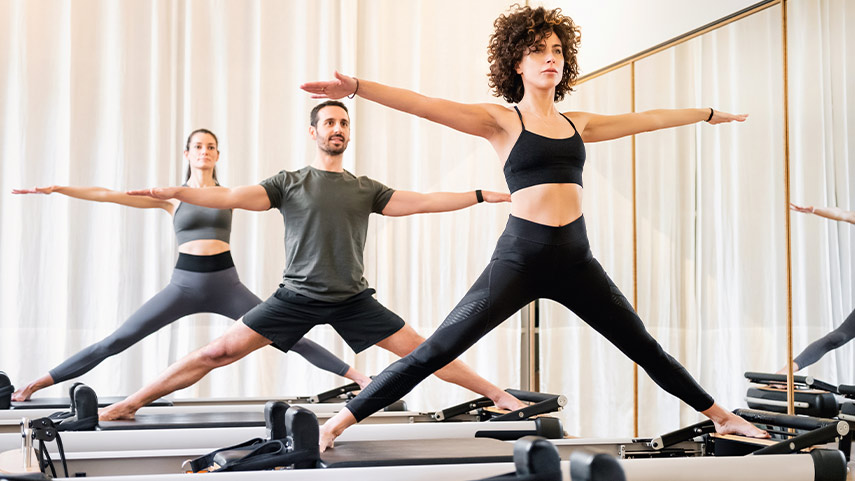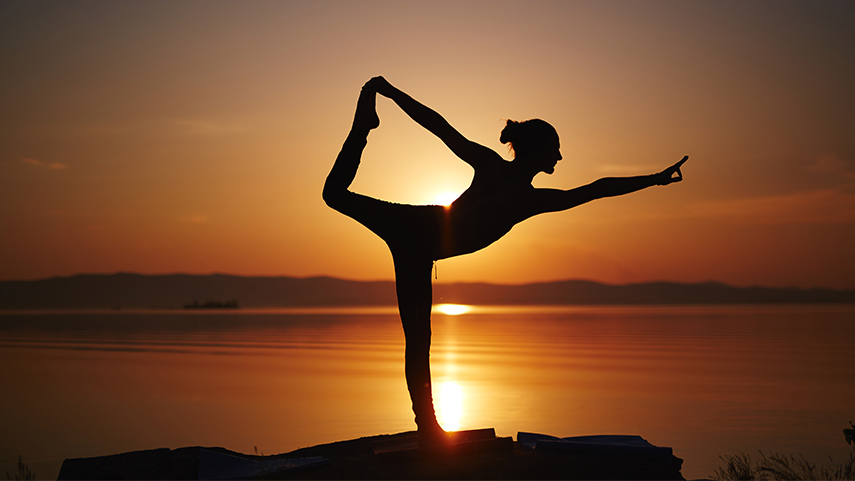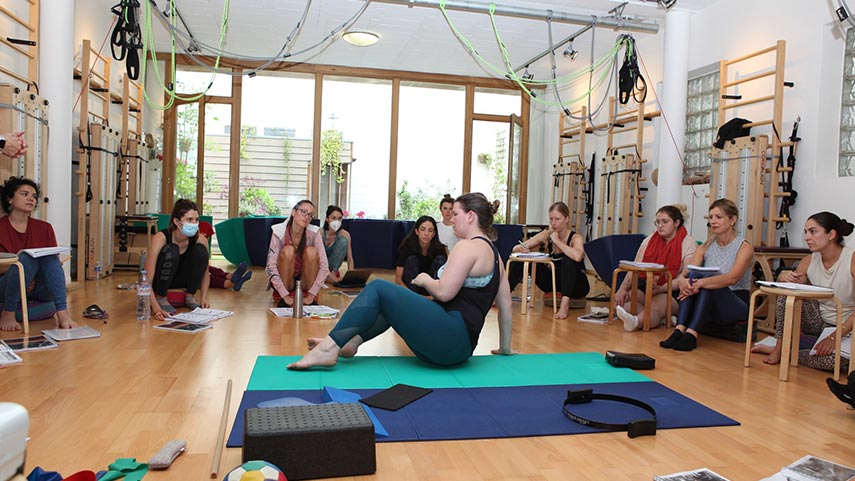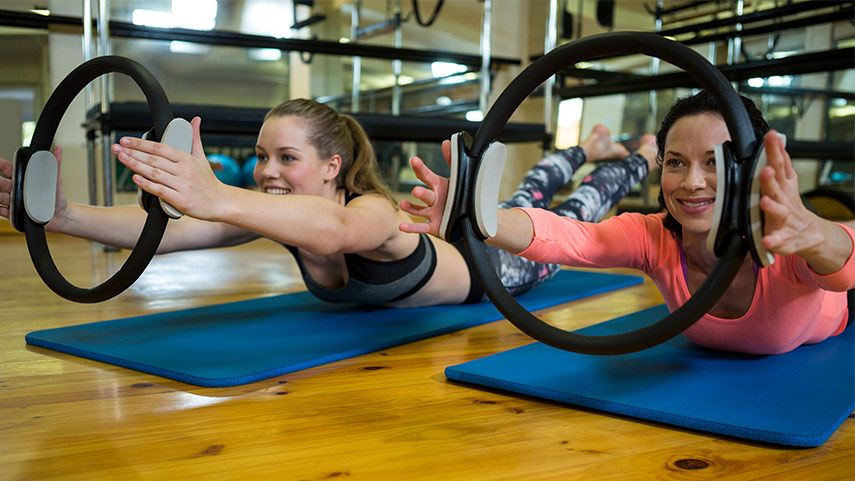Mastering the Art of Progression: From Beginner to Intermediate Pilates
Pilates is known for its transformative ability to strengthen the body, improve posture, and enhance flexibility. However, progressing through the different levels of Pilates – from beginner to intermediate – requires understanding the key differences between the two and knowing when you’re ready to make the leap. While beginner Pilates builds the foundation, intermediate Pilates takes your practice to new heights by challenging your strength, coordination, and body awareness.
The Basics of Beginner Pilates: Building a Strong Foundation
Beginner Pilates is designed to introduce you to the core principles of the practice, including concentration, control, precision, breathing, and flow. At this level, the primary focus is on learning proper technique and alignment, which are essential for avoiding injury and maximizing results. Exercises are typically performed at a slower pace, allowing beginners to familiarize themselves with the movements and develop muscle awareness.
During beginner sessions, instructors provide detailed instructions and corrections to ensure that each movement is performed correctly. The exercises often involve simple movements, such as basic stretches, core stabilization, and gentle spinal articulation. These movements help activate the deep core muscles and improve overall posture.
Beginners may work on both the mat and equipment like the Pilates reformer. For those unfamiliar with the reformer, it’s a machine with a sliding carriage, adjustable springs, and straps that provide resistance. In beginner classes, instructors help adjust the equipment to suit individual needs and guide participants through each exercise.
The goal of beginner Pilates is to establish a strong foundation by developing good habits, understanding proper body mechanics, and building core strength. This foundation is crucial for progressing to more advanced levels, as poor technique can lead to injury or ineffective workouts.
Stepping Up: What Defines Intermediate Pilates?
Once you’ve mastered the fundamentals of beginner Pilates, it’s time to transition to intermediate classes. Intermediate Pilates builds on the foundation established at the beginner level but introduces more complex movements, faster transitions, and increased intensity. At this stage, you’ll be expected to have greater control over your body and a deeper understanding of the Pilates principles.
One of the most noticeable differences in intermediate classes is the pace. While beginner classes emphasize slow, deliberate movements, intermediate classes are faster-paced, with smoother transitions between exercises. This increased tempo requires a higher level of coordination and endurance. The exercises themselves become more challenging, often involving advanced variations that test your flexibility, balance, and strength.
For example, an exercise like the basic “Roll-Up” in beginner Pilates might evolve into more complex variations, such as the “Jackknife” or “Teaser,” which require greater core strength and spinal mobility. Similarly, movements on the reformer may involve more resistance, dynamic stretching, and compound exercises that engage multiple muscle groups simultaneously.
Intermediate Pilates also demands a higher degree of independence. Unlike beginner classes, where instructors provide constant guidance and corrections, intermediate sessions encourage participants to self-correct and adjust their form as needed. You’ll also be expected to know how to set up and modify the reformer or other equipment without extensive assistance.
Key Differences Between Beginner and Intermediate Pilates
1. Complexity of Exercises:
- In beginner Pilates, exercises focus on mastering basic movements and understanding proper alignment.
- Intermediate Pilates introduces more advanced movements that challenge flexibility, strength, and coordination.
2. Pace and Transitions:
- Beginner classes have a slower pace, with breaks between exercises to allow for rest and instruction.
- Intermediate classes involve faster transitions, requiring participants to maintain control and precision even at a higher tempo.
3. Level of Guidance:
- Beginners receive detailed instructions and frequent corrections from instructors.
- Intermediate participants are expected to rely on their own body awareness and make adjustments as needed.
4. Equipment Use:
- Beginners may rely on lighter resistance settings and simpler movements on the reformer.
- Intermediate classes involve heavier resistance, more dynamic movements, and the use of additional props like resistance bands or stability balls.
When Are You Ready to Move to Intermediate Pilates?
Transitioning from beginner to intermediate Pilates isn’t about mastering every single exercise perfectly; it’s about demonstrating a consistent understanding of the core principles and being able to execute movements with control and precision. Here are some signs that you might be ready to take the next step:
- Consistent Core Engagement: You can engage your core muscles effectively throughout an entire session without relying on external cues from the instructor.
- Good Body Awareness: You understand how your body moves and can recognize when you need to adjust your alignment or modify an exercise.
- Controlled Transitions: You can smoothly transition between exercises without losing form or balance.
- Stamina and Endurance: You can complete a session without feeling overly fatigued or losing focus.
If you’re unsure whether you’re ready for the next level, consult your instructor. They can assess your progress and provide personalized feedback to ensure a smooth transition.
Tips for Progressing Successfully to Intermediate Pilates
- Practice Regularly: Consistency is key to building the strength, flexibility, and coordination needed for intermediate Pilates. Aim to practice at least two to three times per week.
- Focus on Breathwork: Proper breathing is essential in Pilates, especially as you tackle more challenging exercises. Practice diaphragmatic breathing to maintain control and support your movements.
- Listen to Your Body: Progressing to intermediate Pilates should be gradual. Pay attention to your body’s signals, and don’t be afraid to modify exercises if you experience discomfort or fatigue.
- Seek Guidance When Needed: Even at the intermediate level, don’t hesitate to ask for help or clarification. Instructors can provide valuable insights to help you refine your technique.
Benefits of Moving to Intermediate Pilates
Making the transition to intermediate Pilates opens the door to numerous physical and mental benefits. As you challenge your body with more advanced exercises, you’ll notice improvements in strength, flexibility, and endurance. Your core muscles will become more defined, and you’ll experience better posture and balance.
The increased intensity of intermediate Pilates also enhances cardiovascular health, as the faster pace and dynamic movements provide a moderate aerobic workout. Additionally, the mental focus required at this level helps sharpen concentration and promote mindfulness, reducing stress and improving overall well-being.
Conclusion: Embrace the Journey of Progression
The transition from beginner to intermediate Pilates is an exciting milestone that marks a deeper connection with your body and a greater commitment to your practice. By mastering the foundational movements and gradually introducing more complex exercises, you’ll continue to unlock the full potential of Pilates.
Our expert instructors are here to guide you every step of the way, ensuring that your transition to intermediate Pilates is safe, effective, and rewarding. Whether you’re looking to improve your strength, flexibility, or overall well-being, we’re here to help you embrace the journey and achieve your goals.





